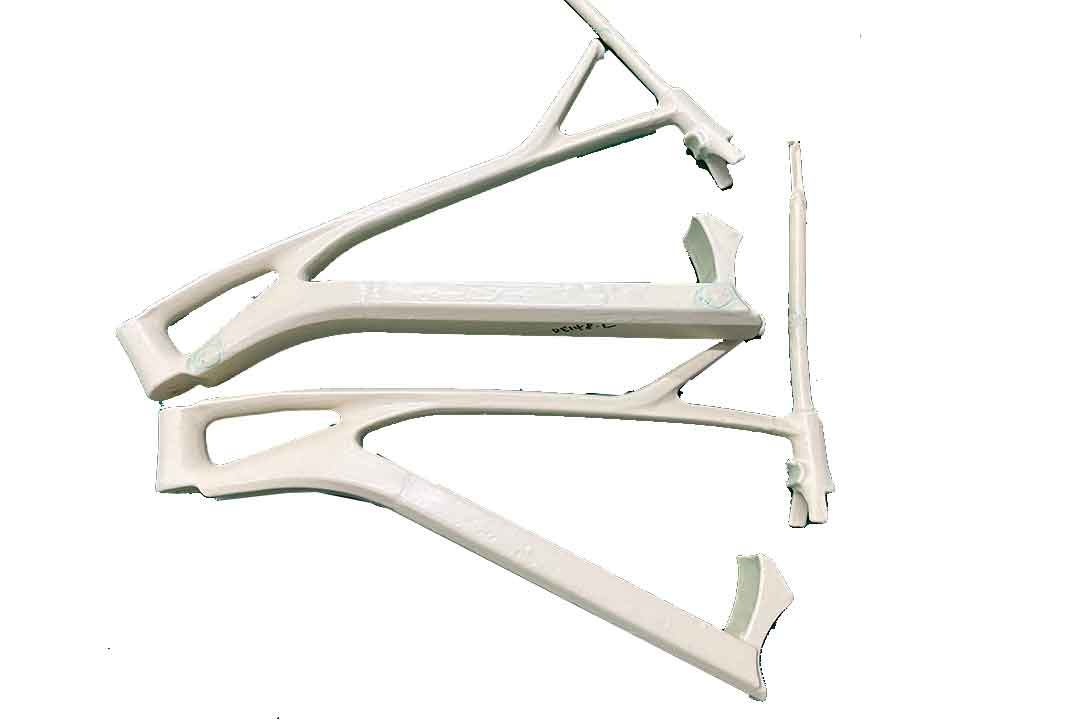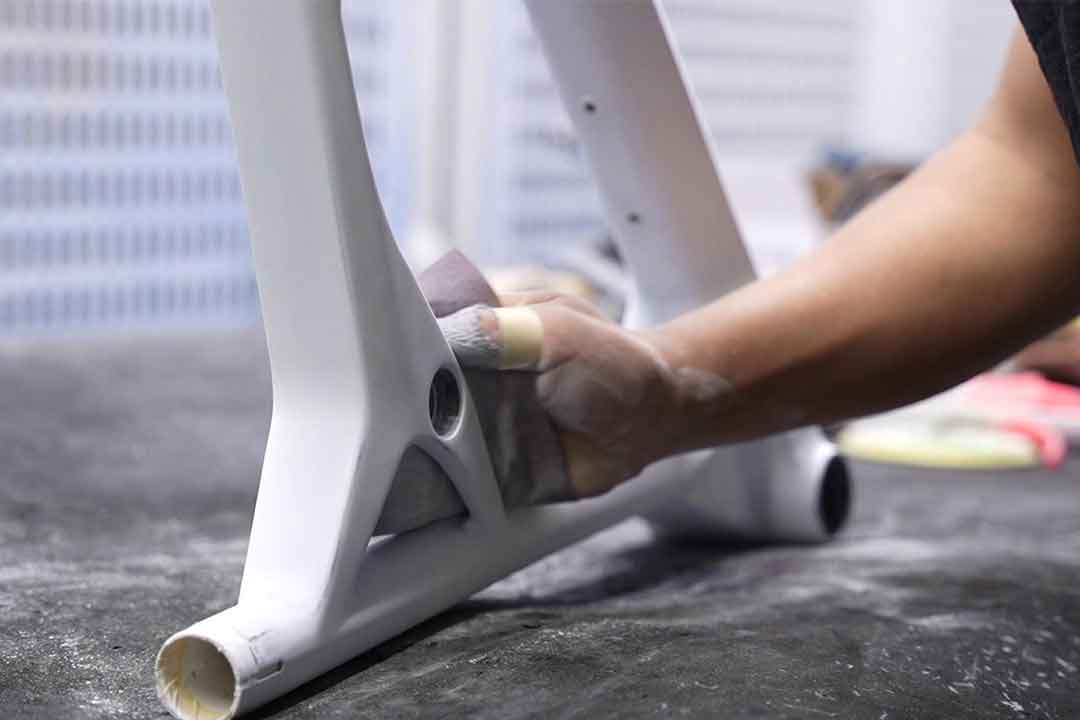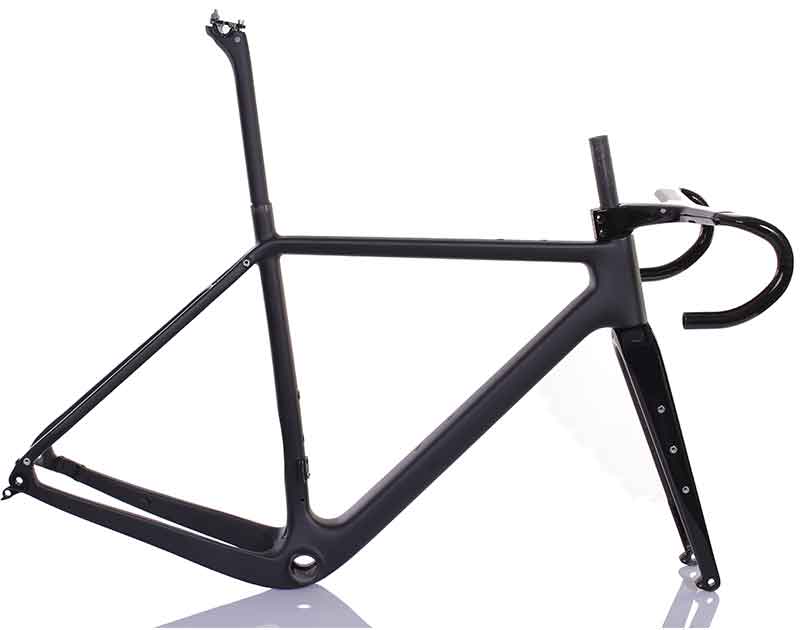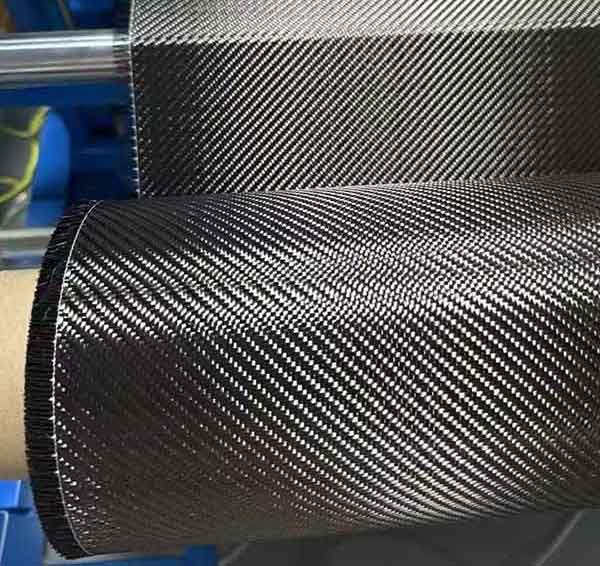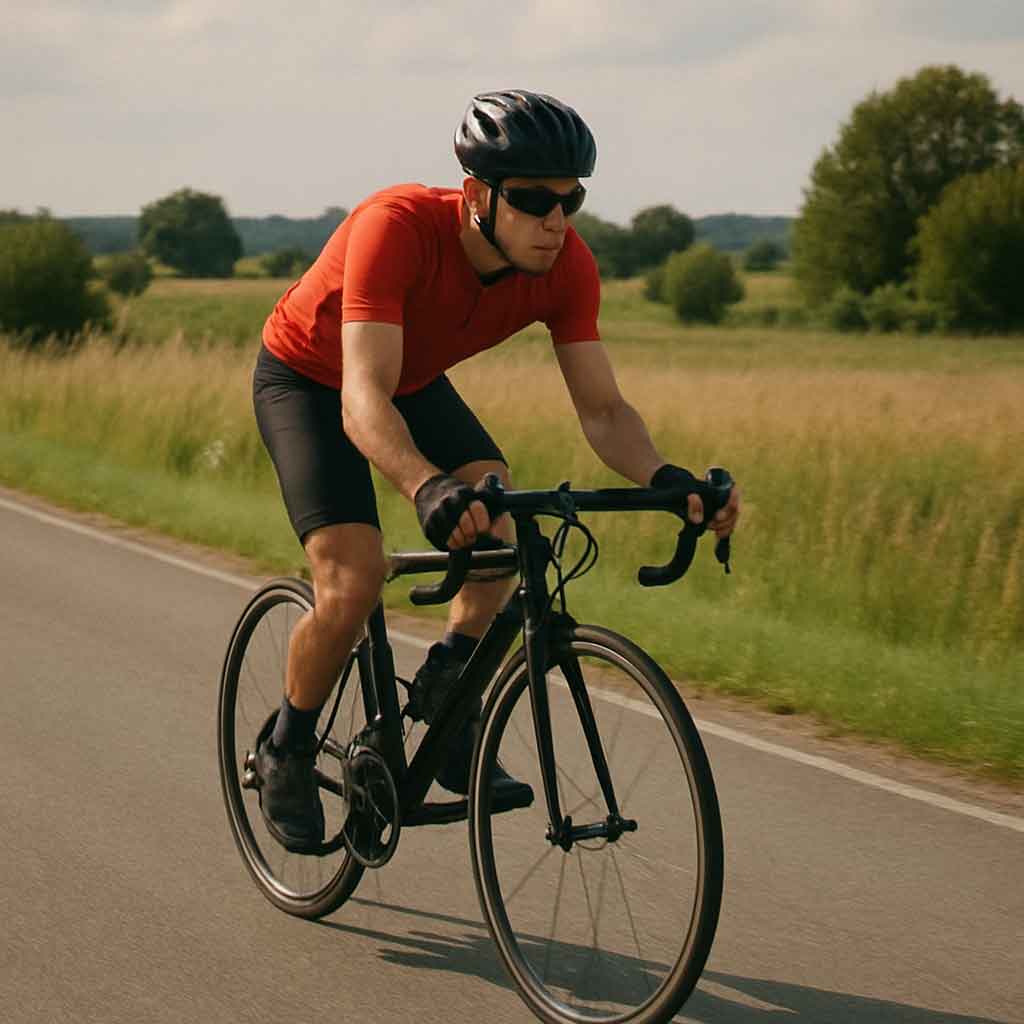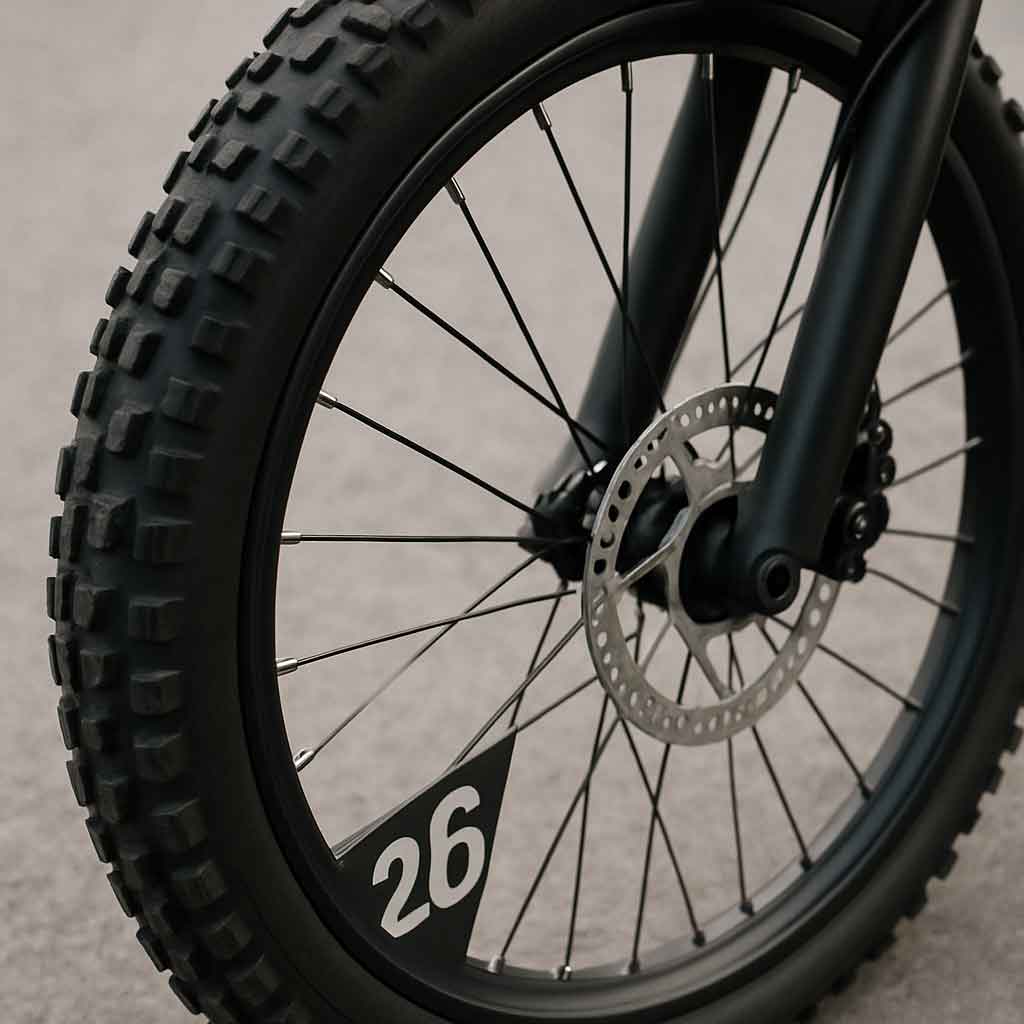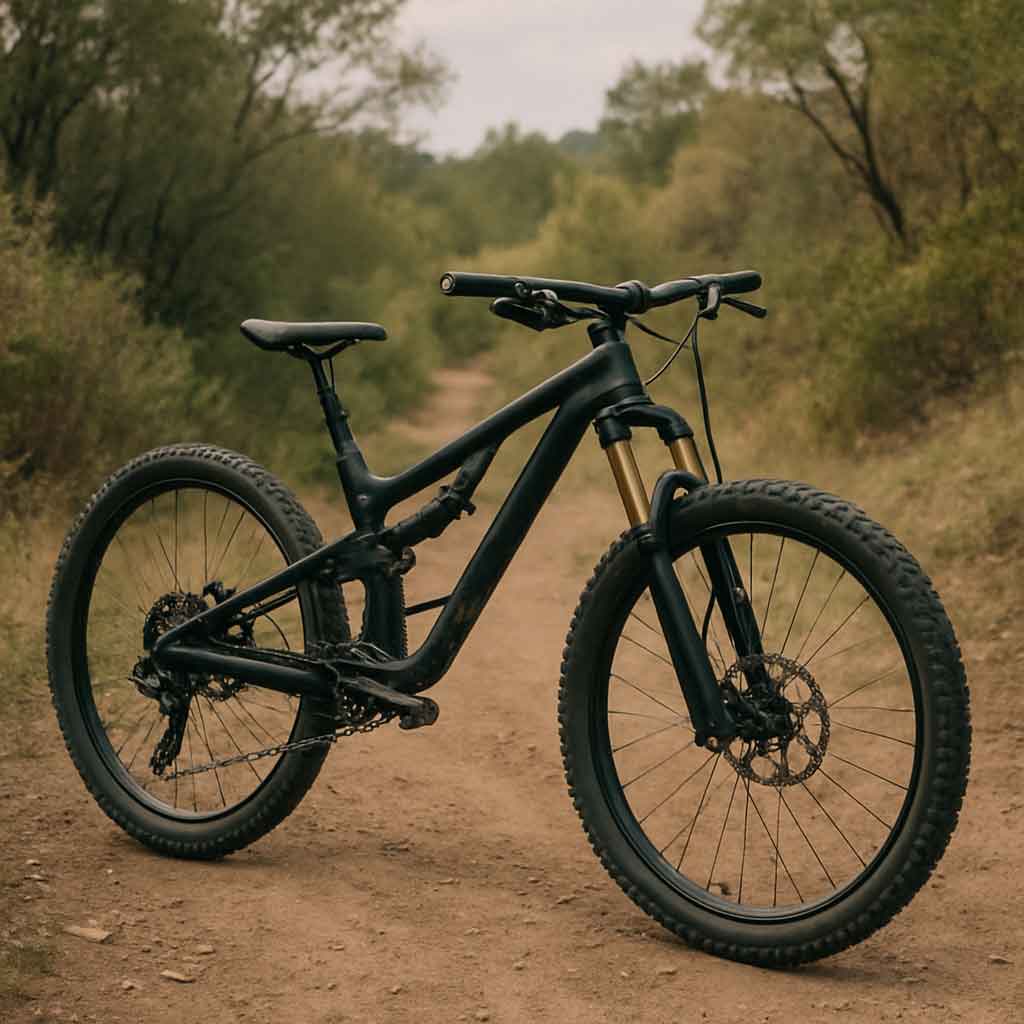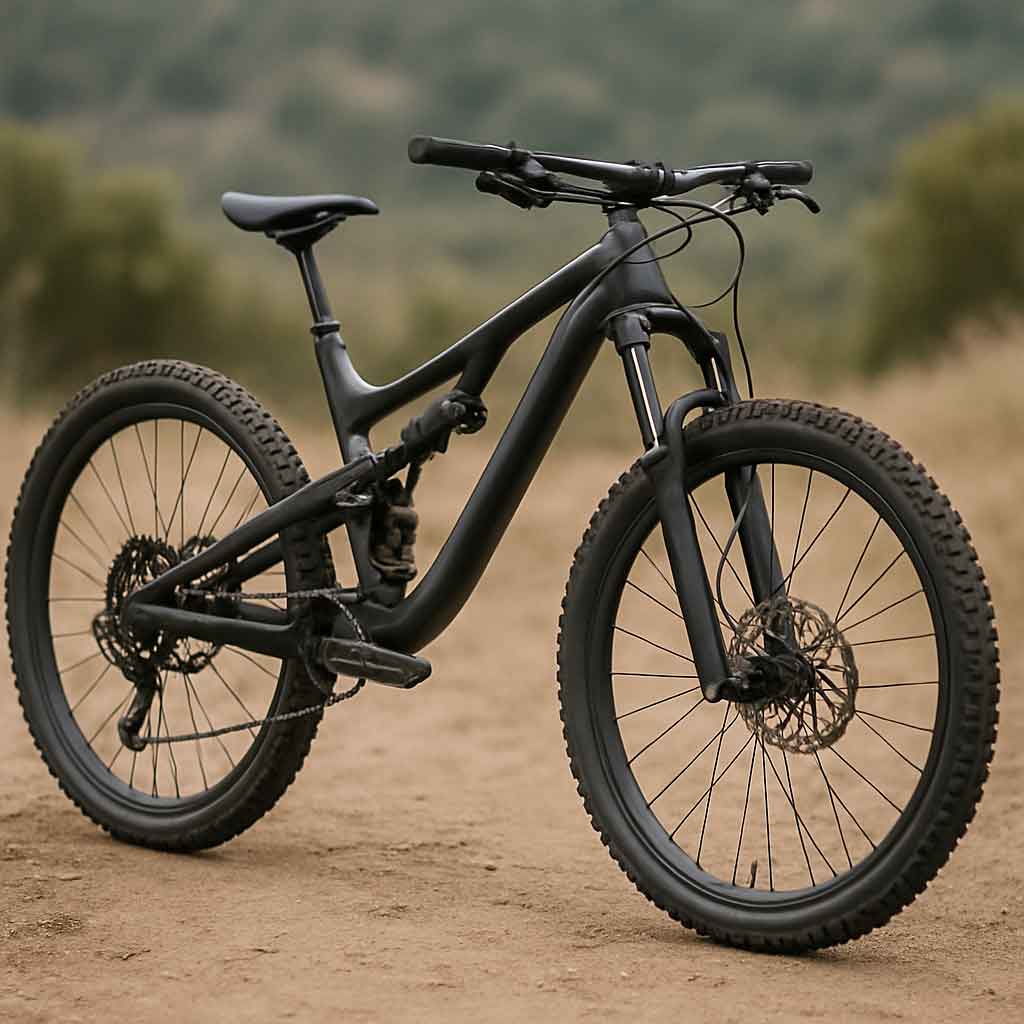Welcome to Mondince Bike - A well-known factory specialized in produce carbon bike frame and other parts since 2007.
Tips for Finding Your Perfect Bike Size
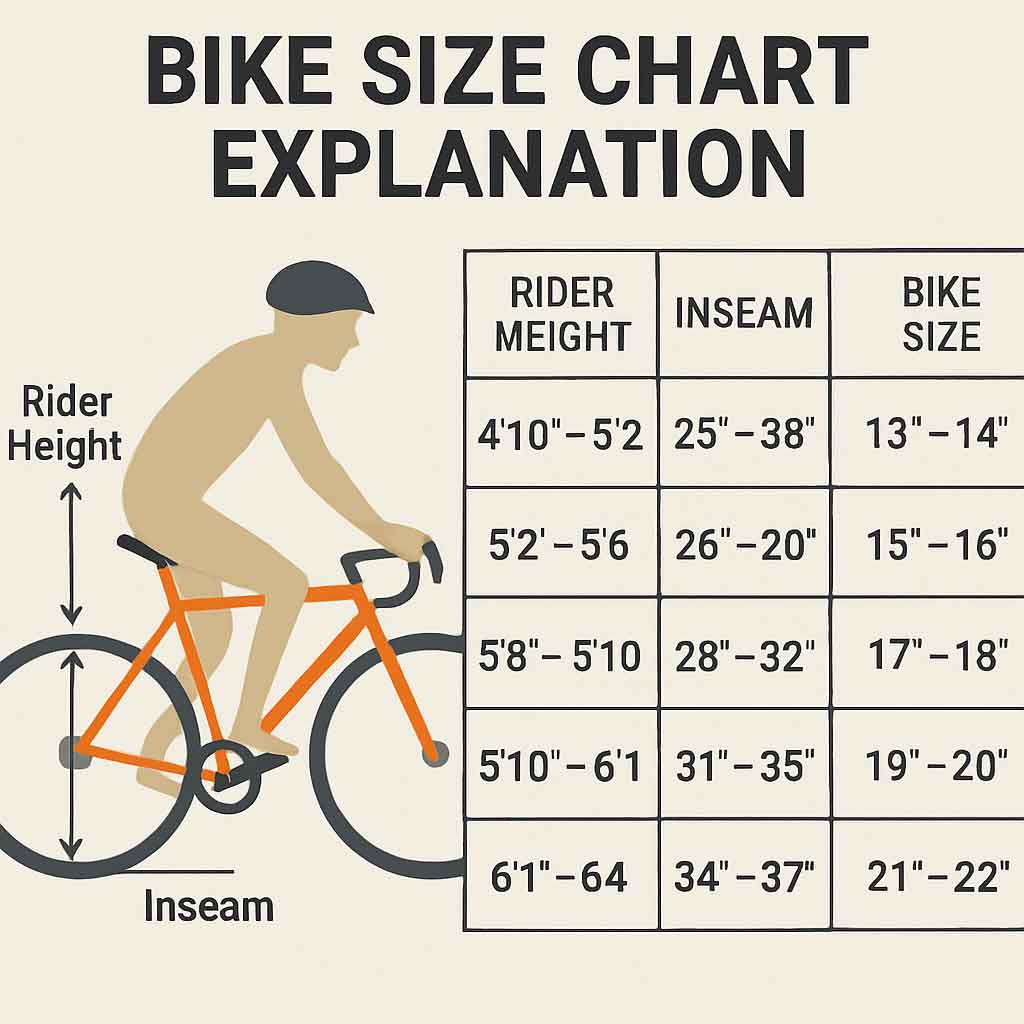
Before you dive into bike size charts, it's crucial to understand how bike sizes are determined. Unlike clothes, where sizes can vary between brands, bike sizes are more standardized but still require some personal measurement.
Frame Size
The frame size of a bike is typically measured in centimeters or inches and corresponds to the length of the seat tube—the part of the frame that the seat post slides into. This measurement is critical as it directly affects your riding posture and comfort. The frame size affects how easily you can mount and dismount the bike, which is particularly important if you're cycling in traffic or on uneven terrain.
Proper frame size can also influence the bike's handling and stability, which are crucial for both safety and enjoyment. A frame that is too large or too small can lead to discomfort and potential injuries over time. Therefore, understanding the basics of frame size can help you make a more informed decision when choosing a bike.
Wheel Size
In addition to frame size, wheel size is another important factor, especially for mountain bikes and children's bikes. For adults, most road and mountain bikes come with standard wheel sizes that are generally consistent across different models and brands. Wheel size can impact the bike's ability to handle different terrains and affect the overall ride quality.
Larger wheels can provide a smoother ride over rough surfaces, while smaller wheels might offer quicker acceleration and better maneuverability. For children, wheel size is often the most important measurement, as it needs to match their physical size and strength. Ensuring the right wheel size can enhance stability and control, making the biking experience safer and more enjoyable.
Additional Measurements
While frame and wheel sizes are crucial, other measurements also play a role in determining the right bike size. These include the top tube length and standover height. The top tube length affects how far you'll need to reach to the handlebars, impacting comfort and control.
Standover height, the clearance between the top tube and your crotch when standing over the bike, is essential for safety and comfort. Having the right standover height ensures you can quickly and safely dismount the bike if needed. Understanding these additional measurements can further refine your bike selection process, ensuring a perfect fit.
How to Measure for the Perfect Bike Size
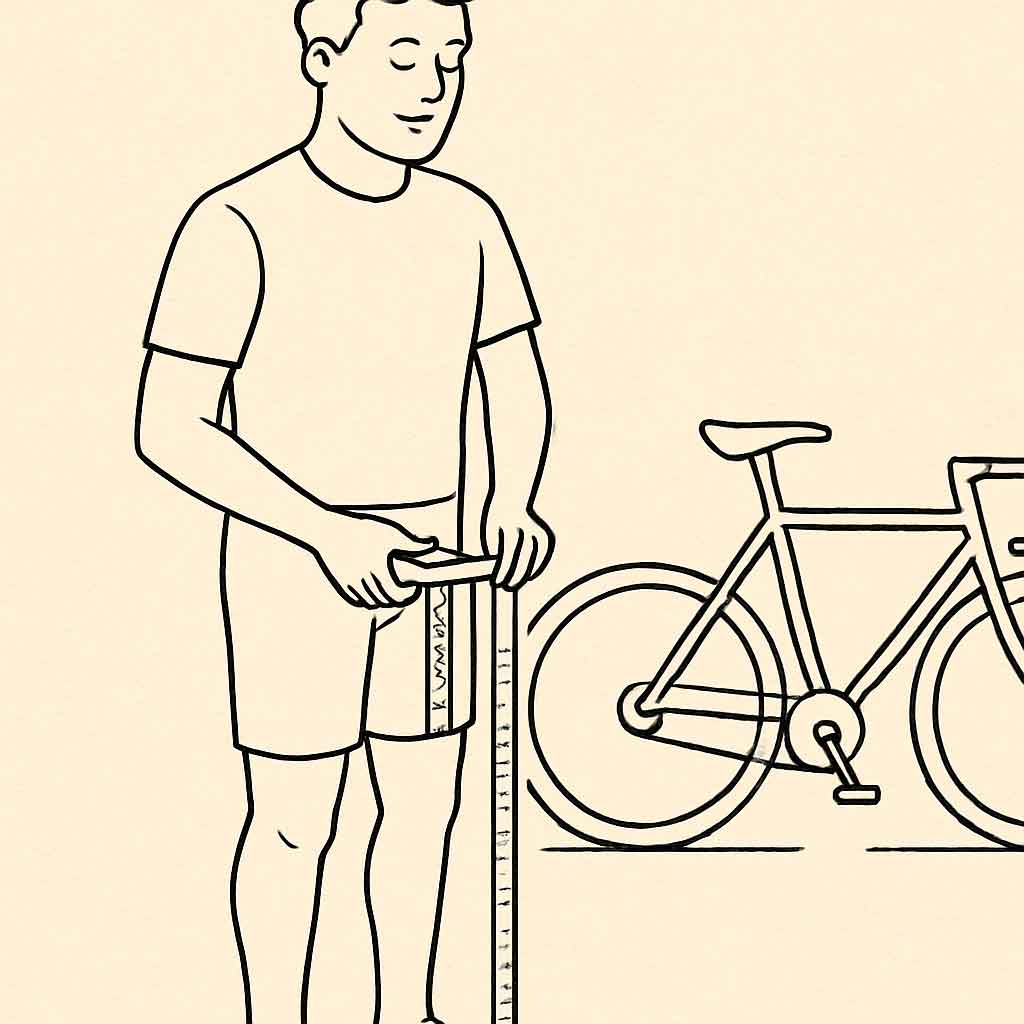
Measuring for the perfect bike size involves more than just using a tape measure. It requires understanding how your body interacts with the bike and considering your riding style and preferences.
Step 1: Measure Your Inseam
The inseam is the distance from the ground to the top of your inner leg. This measurement helps determine the correct frame size for a comfortable ride. To measure your inseam:
- Stand barefoot with your feet about 6 inches apart. This position ensures accuracy by mimicking the natural stance you'll have while riding.
- Place a book between your legs, spine up, as if you were sitting on a saddle. This method helps simulate the saddle height for a more precise measurement.
- Measure the distance from the floor to the top of the book's spine. Use a tape measure for accuracy, and have someone assist you if possible.
Understanding your inseam measurement is crucial as it directly correlates with the bike's frame size. A proper inseam measurement can help you avoid discomfort and injuries associated with an improperly sized bike.
Step 2: Use a Bike Size Chart
With your inseam measurement in hand, you can refer to a bike size chart to find the appropriate bike size. These charts typically categorize sizes by rider height and inseam length. Most manufacturers provide size charts specific to their bike models, but here's a general guide:
| Rider Height | Suggested Frame Size (Road Bike) | Suggested Frame Size (Mountain Bike) | |--------------|----------------------------------|--------------------------------------| | 4'10" - 5'2" | 47cm - 49cm | 13" - 14" | | 5'3" - 5'6" | 50cm - 52cm | 15" - 16" | | 5'7" - 5'9" | 54cm - 55cm | 17" - 18" | | 5'10" - 6'0" | 56cm - 58cm | 19" - 20" | | 6'1" - 6'4" | 58cm - 60cm | 21" - 22" |
Using a bike size chart helps streamline the selection process, providing a good starting point based on standardized measurements. However, it's essential to remember that these charts are guides and not absolute rules. Individual preferences and anatomical differences mean that what works for one person might not work for another.
Step 3: Consider Your Riding Style
Your preferred riding style can also influence your ideal bike size. For example:
- Road Cycling: A slightly smaller frame may offer a more aerodynamic position. This posture can reduce air resistance, potentially increasing speed and efficiency.
- Mountain Biking: A larger frame can provide more stability on rough terrain. This stability is essential for maintaining control and balance over obstacles and varied surfaces.
- Casual Riding: Comfort is key, so ensure your bike allows for a relaxed posture. A comfortable position can reduce fatigue and make leisurely rides more enjoyable.
Understanding how different bike sizes and geometries affect your riding style can help you choose a bike that meets your needs and enhances your cycling experience.
Test Riding Different Sizes
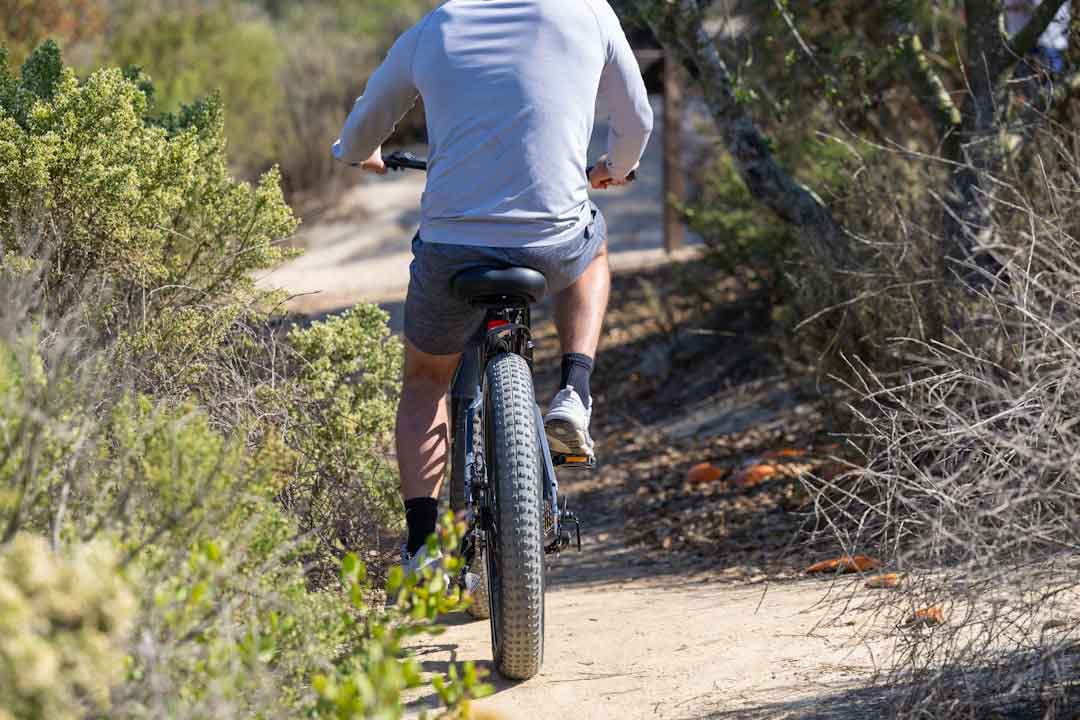
by KINGBULL Bikes (https://unsplash.com/@ethan_doo)
Even with precise measurements and a comprehensive bike size chart, nothing beats a test ride. Visit a local bike shop to try different sizes and models. Pay attention to how the bike feels:
- Saddle Height: Your legs should have a slight bend at the knee when the pedal is at its lowest point. This ensures efficient power transfer and reduces strain on your knees.
- Reach to Handlebars: You should feel comfortable and not overstretched. An appropriate reach prevents back and shoulder strain, allowing for better control.
- Overall Comfort: Ensure there's no strain on your neck or back. Comfort is crucial for longer rides and can affect your overall enjoyment and performance.
Test riding allows you to experience firsthand how different sizes and styles affect your comfort and control. It's an invaluable step in finding the perfect bike size, providing insights that measurements alone cannot offer.
Adjusting Your Bike for the Perfect Fit
Once you have the right size, fine-tuning your bike setup can further enhance your comfort and performance. Small adjustments can make a significant difference in how your bike feels and performs.
Saddle Adjustment
- Height: Adjust the saddle so your leg is almost straight when the pedal is at its lowest point. This position maximizes efficiency and reduces fatigue during long rides.
- Tilt: Ensure the saddle is level or slightly tilted depending on your comfort. The right tilt can prevent discomfort and reduce pressure on sensitive areas during extended rides.
Proper saddle adjustment is essential for preventing pain and enhancing your cycling experience. It can also improve your pedaling efficiency and overall bike handling.
Handlebar Setup
- Height: Adjust the handlebars to a level where you can comfortably reach without straining. The right height can improve posture and reduce neck and back strain.
- Width: The handlebars should be about the same width as your shoulders for optimal control. Proper width ensures better handling and stability, especially on challenging terrains.
Customizing your handlebar setup can significantly impact your comfort and control. It allows you to adapt the bike to your unique physical attributes and riding style.
Fine-Tuning Other Components
Beyond the saddle and handlebars, consider adjusting other components for an even better fit. This includes the position of brake levers, shifters, and pedals. Ensuring these elements are within comfortable reach can enhance your biking experience.
Small changes in these areas can lead to significant improvements in comfort and performance, making your rides more enjoyable and less tiring. Taking the time to fine-tune your bike can transform how it feels and performs.
Special Considerations
Every cyclist has unique needs, and understanding special considerations can help tailor your bike choice to those needs. This section explores specific factors for different types of riders.
Kids' Bikes
For children, bike sizing is slightly different. It's essential to choose a bike that allows them to place both feet flat on the ground while sitting on the saddle. This enhances safety and confidence as they learn to ride.
Proper sizing for kids is crucial for their safety and enjoyment. A bike that's too large or small can lead to accidents and discourage them from riding. Ensuring the right size fosters confidence and encourages a lifelong love of cycling.
Women-Specific Bikes
Many manufacturers offer women-specific models that feature geometry tailored to women's body proportions, such as shorter reach and narrower handlebars. While not necessary for all women, they can offer a more comfortable fit for some riders.
These designs consider anatomical differences, potentially improving comfort and control. Women-specific bikes can be an excellent option for those who find traditional models less accommodating.
Bikes for Specialized Needs
Some cyclists may have specialized needs due to physical conditions or specific riding goals. This can include adaptive bikes for those with disabilities or custom frames for competitive riders.
Understanding and addressing these needs ensures that every cyclist can enjoy the benefits of biking. Specialized bikes can provide the necessary support and performance enhancements required for specific situations.
Conclusion
Choosing the perfect bike size is a blend of science and personal preference. Use your measurements, refer to a bike size chart, and always test ride when possible. Remember, the right bike size can transform your cycling experience, making it more enjoyable and efficient. Happy cycling!
Finding the right bike size involves understanding measurements, testing different models, and making necessary adjustments. By taking the time to explore these factors, you can ensure a comfortable and efficient ride tailored to your needs. Ultimately, the perfect bike size enhances your cycling adventure, whether for leisure, commuting, or competition.



